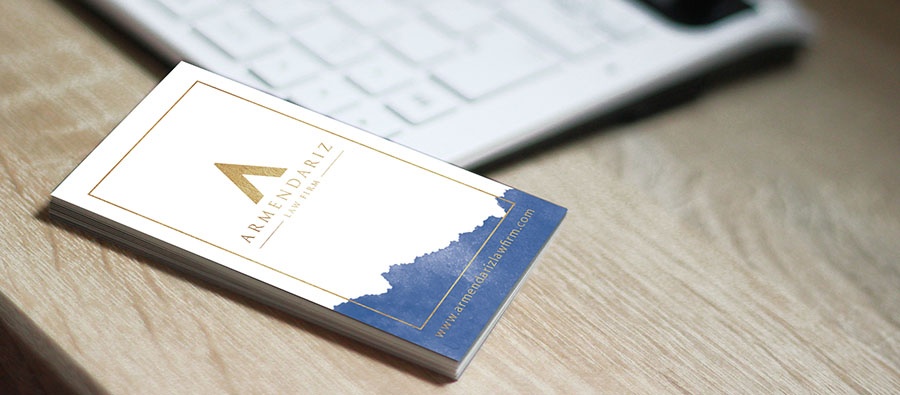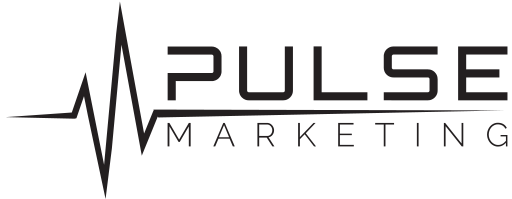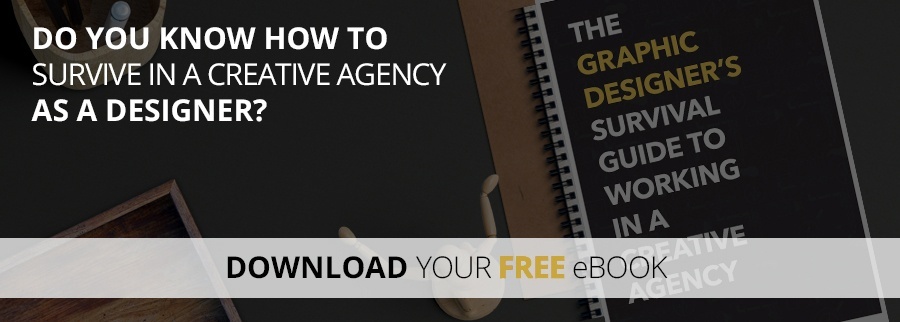
The first thing you should be doing before you even start sketching out ideas for logo concepts is identifying your client’s competitors. While researching competitor logos, you will begin to acquire a knowledge of trends and branding strategies in your client’s specific industry.
1. Identify and Understand the Competition
Researching the competition will give you an understanding of what works and what does not work, as well as give you a rough idea of the direction that you should be taking your designs. You have to be careful though because although you want visual characteristics in your logo that are similar to your clients’s market, you also do not want to steal a logo from one of the competitors.
2. Ask Questions
When meeting with your client about branding and logo design, you should always enter the meeting prepared to ask the right questions. When strategizing for branding it is critical to understand these few things.
- Who is your target market, or who are you trying to reach?
- What do you do, how do you do it, and what are you trying to achieve?
- What makes your company different from your competitors?
- What do you value most?
- What is your company personality?
3. Keep Branding in Mind
When designing a logo you need to keep in mind that the logo may not always be the consumer’s first point of contact with your brand. With the constantly broadening variety of touch points that exist today, it is becoming more common for people to discover brands through sources other than logos. This is why it is important to make sure that the logo is not only strong in itself, but that it is also versatile and flexible enough to match the rest of the experience and tone that you want to convey with your branding strategy.
4. Choose Your Typeface Wisely
If you are using type in your logo, it is very important to choose your typeface carefully. Every typeface has its own personality and the consumer’s initial impression of who you are will be determined and swayed based on your choice of typeface. Click here to learn more about typography tips for branding and marketing.
5. Go Back to the Basics
Simplicity is the key to designing a recognizable and effective logo for your clients. Just think about some of the most recognizable logos in the market today: Apple, McDonalds, Nike, Target, etc… The common element in all of these logos is simplicity. Simplicity will make it easier for consumers to recognize your brand when they see it. A good logo should be recognizable not only when slapped onto a huge billboard, but also when sized down and used in a website’s footer. Another advantage of having a simple logo is that it will be much easier to print and reproduce than a very complex logo, saving you a lot of headache when it comes time to print.
6. Use Grids and Structure
When designing a logo, a good practice is to always use grids and to structure your designs rather than just winging it. There are design principles such as the golden ratio, the rule of thirds, proximity, and repetition that will refine your designs and give the logo a balanced feel.
7. Know How to Use the Color Wheel
Color theory stems from the color wheel which was originally sketched in the 1600’s and is still commonly used by both artists and designers today. There are 5 main techniques for creating pleasing color harmonies with the color wheel. These include complementary colors, analogous colors, triadic colors, split complementary colors, and tetradic colors. A simple google search of “color theory” or “color wheel” will provide enough content to make you a color expert if you would like further knowledge on the subject.
8. Understand the Psychological Effect of Color
Your choice of color palette, no matter how nicely designed the logo is, will play a big part in determining whether your logo is a success or failure. This is partly due to aesthetics, but it is also because of our psychological response to specific colors. Warm colors — red, orange, yellow — are perceived as strong, uplifting, and vigorous. Cooler colors on the other hand — blue, green, purple — are perceived as calm and reserved. This is important to know when it comes to branding because the colors used in your logo will unconsciously have an emotional impact on how consumers will feel when looking at your logo and branded material.
9. Remember to Design for Black and White
One of the biggest mistakes that designers make when designing a logo is forgetting to make sure that the logo not only looks good in full color, but that it also looks good as a monochrome design. Your logo may look great in technicolor, but if it loses its brilliance when converted to black and white, you may be losing your logo’s intended effect in a large portion of its presence in the world. Your logo may not always be able to be displayed in full color so it’s important to be sure that it looks good both in color and in black and white. A good practice to follow when doing logo design is to design in grayscale first and introduce color after you have a design that you are happy with.
10. Embrace Feedback from Others
Although it can be uncomfortable to receive feedback on designs that you have poured your heart into, it is still important to recognize the value of getting a second set of eyes to look over your designs. Constructive criticism is helpful when checking for misunderstandings, innuendos, and unintended meanings. Not only that, but it will also help you grow as a designer because you will gain a better understanding of what works and what doesn’t. In the end you can choose what feedback to actually apply to your work, but always go into the feedback session with an open mind. You would be surprised how much easier feedback is and how much more you can learn from it when you are able to detach yourself from your work and and look at it objectively.
11. Build the Rest of the Brand Around the Logo
Congratulations! You now you have a logo! Your work is just now beginning though. Once you have a logo, you can start building a brand that complements your masterpiece. The most important part in branding is to establish coherence in the different elements of your brand. If you are pushing out a bunch of material that is not cohesive with your logo, you will begin to weaken the integrity of your brand which will result in your business being portrayed as unprofessional and untrustworthy. It is important to make sure that everything you brand with your logo follows the overall feel that you intended to portray with your logo. It’s always helpful to refer to the questions that you asked when designing the logo.
In closing, keep an open mind and play with different styles until you create the logo that best represents your client. Don't forget to check out our website or contact us directly at info@pulsemarketingteam.com.

